Sore, cracked, tender nipples are par for the breastfeeding course – no matter what well-intentioned experts claim to encourage more women to breastfeed. Breastfeeding does become a painless, convenient, bonding experience fairly quickly – but not quite yet.
Some women’s nipples toughen up faster than others and it’s smooth sailing in a matter of days. Yet all it takes is one time that the baby latches or unlatches incorrectly to cause painful cracks and scabs (only made worse by subsequent feeding sessions), so it might be rough while you’re still getting the hang of breastfeeding.
This is all extremely normal, and the New Zealand Lactation Consultants, Plunket or a local lactation consultant will be able to help if you need advice on positioning your baby or any aspect of breastfeeding. Beyond that, all you can do is fight through it. Once the rocky beginning is over, you’ll be glad you stuck it out. These tips might help.
- Lactation specialists recommend using the healing power of breast milk to heal sore nipples. Express a few drops of hindmilk and smear on your nipple. Leave to dry before refastening your bra.
- Medical-grade, natural lanolin or paw paw ointment may help to prevent or heal cracked nipples. Dab a little on your nipples after a feeding and allow to dry.
- Make sure your nipples are dry at all times – meaning changing your nursing pads as soon as they’re wet and letting your breasts breathe (at home, of course.) Don’t immediately cover up when you’re done with a feeding – the air is good for you. Don’t use plastic-backed nursing pads.
- Use breast shells or nipple protectors if even the touch of fabric on your nipples is irritating. The shells are designed to give your nipples some breathing room.
- Try switching your breastfeeding positions so that different parts of your nipple are being used. This is also helpful in preventing blocked milk ducts .
- Apply warmth to your breasts before you begin the feed (warm shower, warm face washer) to help milk flow. Ice on your nipples may provide pain relief or ask your medical advisor about alternatives.
One of the most important things to remember when dealing with sore nipples is to keep nursing on both sides, even if one is painful and the other isn’t. If you favour one side over the other, not only can you do damage to your milk production, but you’ll most likely wake up to find one breast two times the size of the other. Offer the less sore side first, so your baby isn’t ferociously hungry when she gets to the sore side. It’s also important to know that all breastfeeding bumps are temporary and most likely normal. Before you know it, your nipples will take to nursing as if they were designed for it.
Find more
This article was written for Kidspot, New Zealand’s leading pregnancy and parenting resource

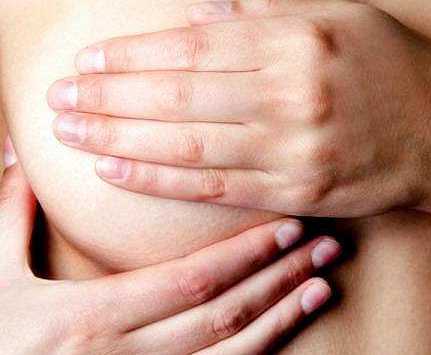

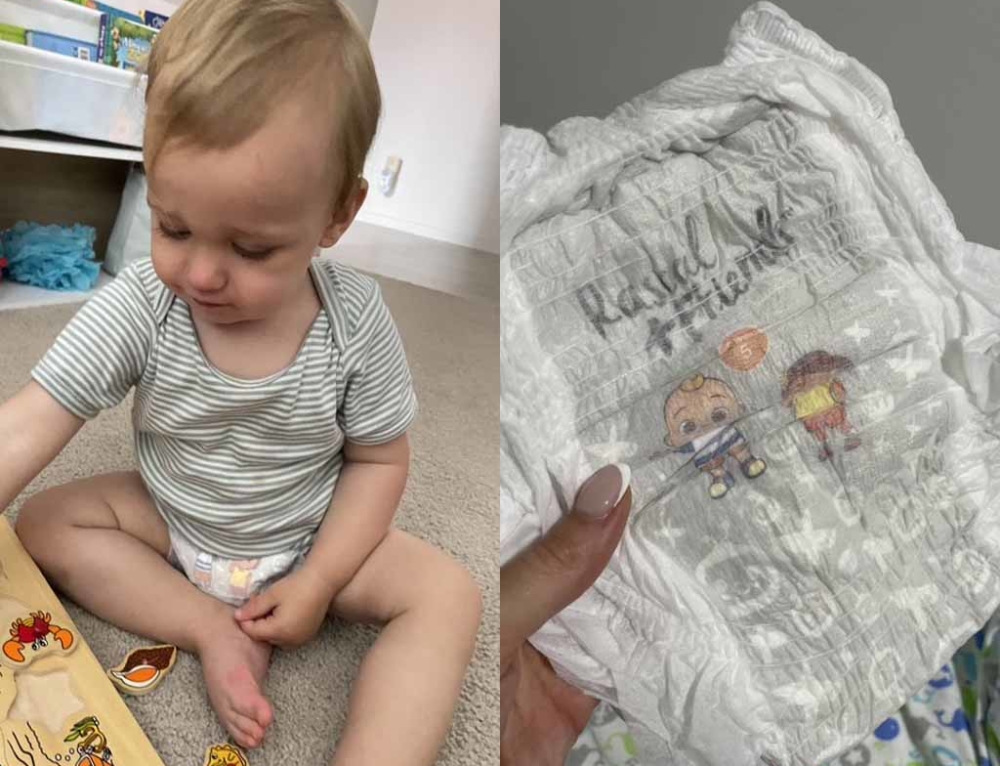
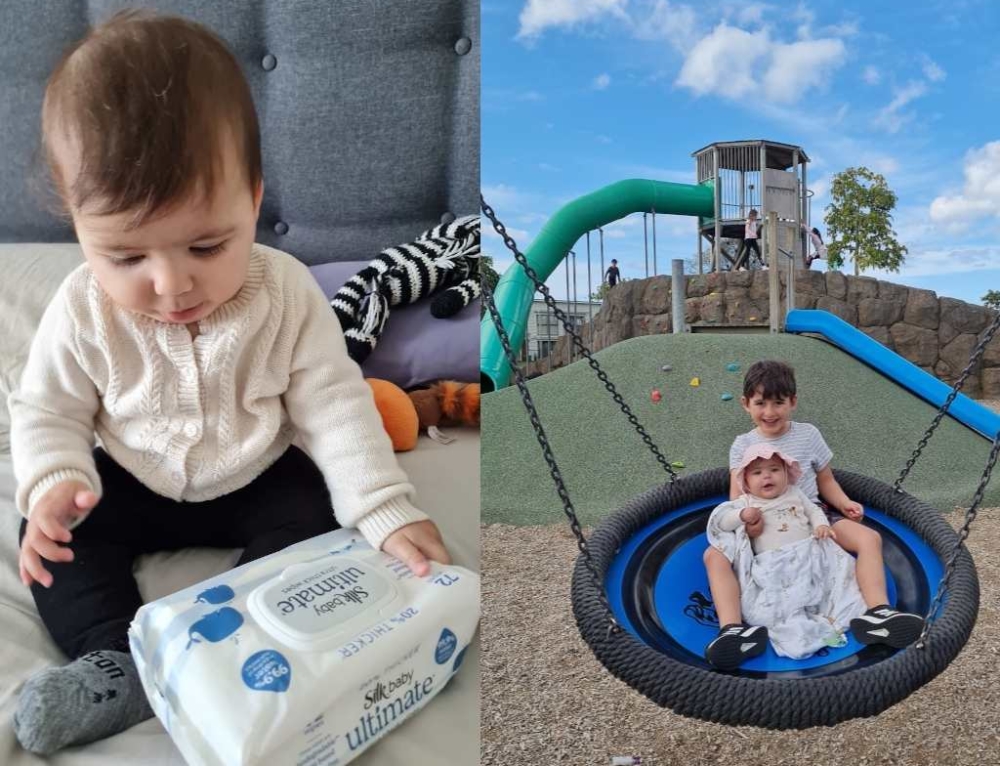
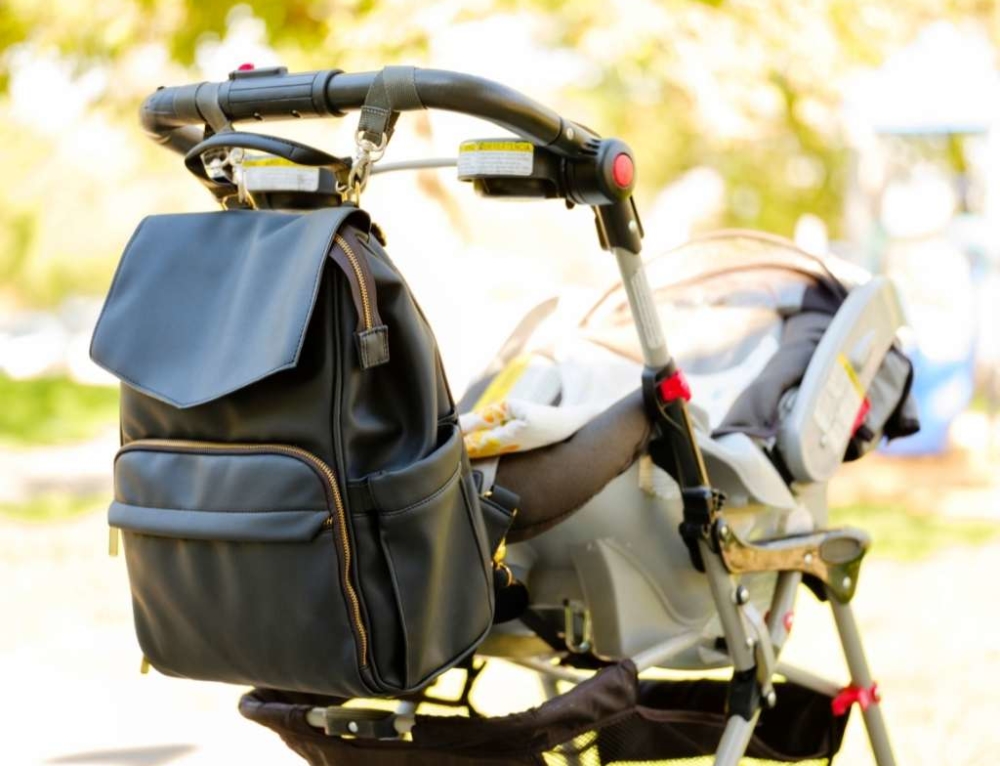
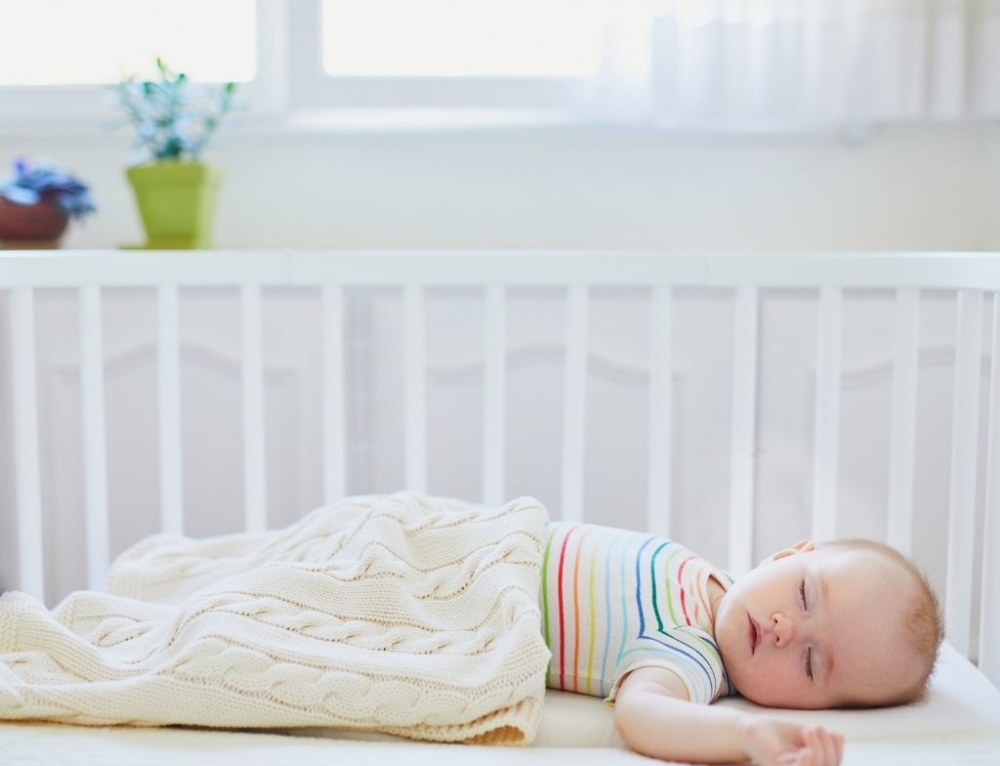
Leave A Comment
You must be logged in to post a comment.